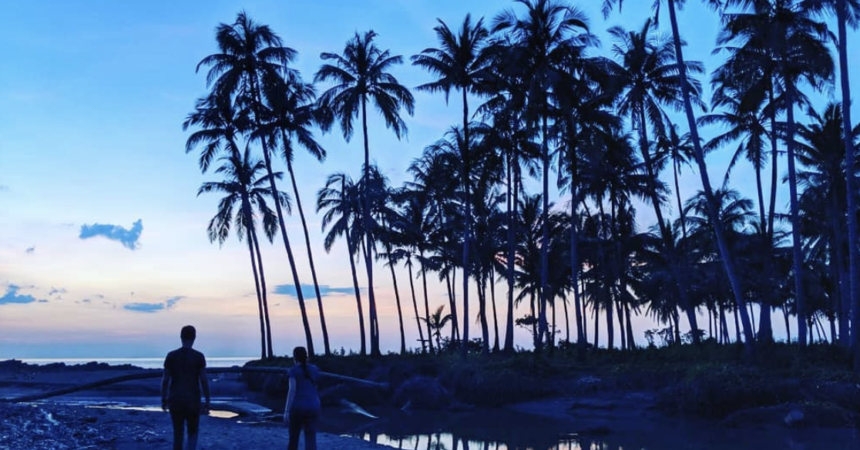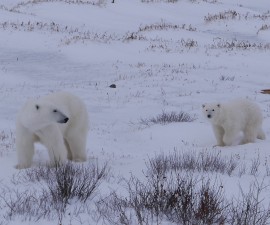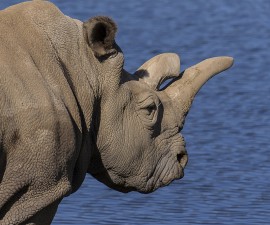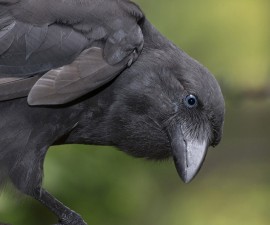Illegal wildlife trade is one of the single biggest threats to biodiversity. It is entirely human-driven, and characterized by complex networks of trade that span the globe. It is driven by the desires and motivations of consumers, who are themselves complex and diverse. It is overwhelming to consider, even more so to think about addressing.
As with all things large, intricate, and daunting, it is easiest (and most sensible) to start at the most basic level. In my research, this “basic” level is a conversation with a consumer, one in which compassion and transparency are placed at the forefront. As part of my work for San Diego Zoo Global (SDZG), I have had these conversations throughout Southeast Asia: in markets in Cambodia, surrounded by women whose husbands work in the factories that clothe the country; in dusty towns in Laos, bisected by roaring roads of Chinese trucks shuttling concrete to omnipresent dams; in bear farms in Vietnam, thick with the stench of suffering and sorrow; and in Myanmar, sheltered on the porch of a wooden house, bleary-eyed and yawning after waking at 3 a.m. with the roosters. In every conversation, there are tantalizing clues that illuminate the broad and complicated picture of wildlife consumption. As I write my notes, I underline and star, I reflect and ask further. I eat the sweet potatoes and drink the water that respondents kindly give me as I walk and ride across the hot and beautiful lands.
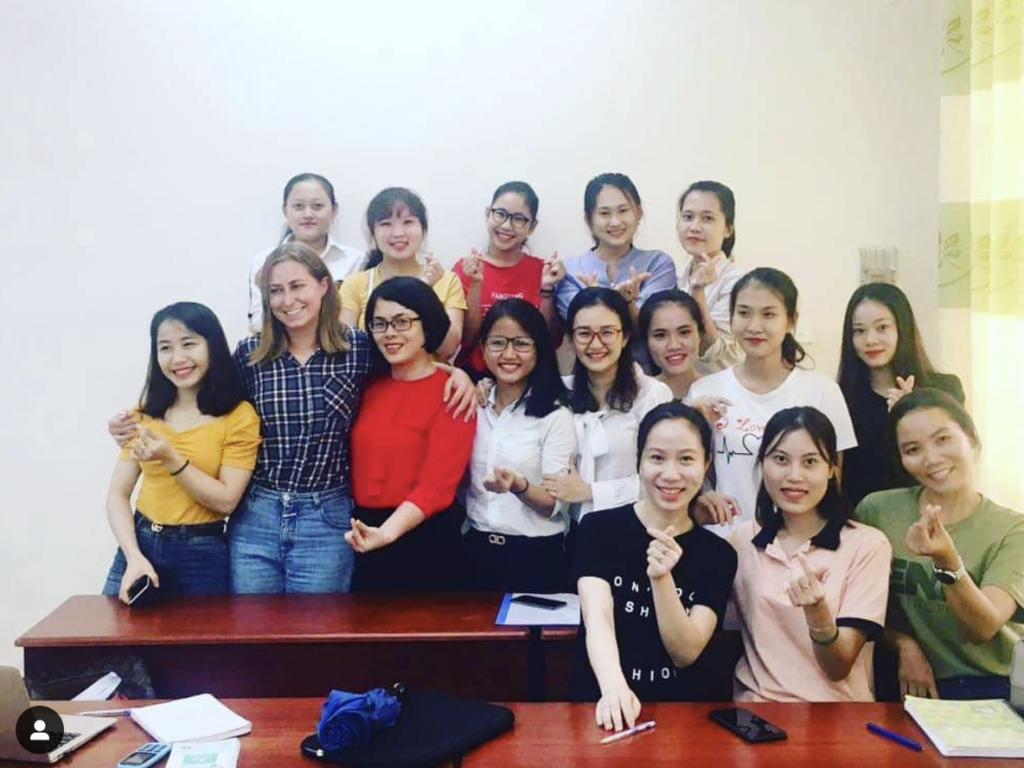
Later, in the cool evenings, I search for patterns. One example is from Cambodia. During the interviews, a use of bear bile: treating post-partum fatigue, illnesses in pregnancy, and other uterine ailments such as menstrual pain. Women who are pained and sick, scared and uncertain, are searching for something to keep them safe and comfortable. They aren’t villains. They tell me, over and over, that they love bears, with sincere earnestness. Yet, fear and illness are powerful motivators that can drive people to use wildlife, if they perceive no other option.
Beyond my research on the ground and directly with consumers, I work to support, encourage, and teach conservationists in Cambodia and Vietnam. These conservationists are passionate about their home, and are acutely aware of the necessity of preserving their country’s rapidly dwindling animals, while considering the desires and needs of the locals. Those days that I stand in a classroom, or advise a masters student, are less obviously connected with understanding and reducing illegal wildlife consumption; yet, those days may be even more important in achieving our ultimate goal of reducing demand for wildlife. I am immensely proud to work for an organization like SDZG, which puts people at the forefront and understands the necessity of empathy in conservation. Through such care and understanding, we will effectively conserve the beautiful species of our world.
Elizabeth O. Davis, Ph.D., is a postdoctoral associate in Community Engagement at the San Diego Zoo Institute for Conservation Research. Working with partners from Free the Bears, she is part of a team that aims to halt the decline of bears throughout Asia due to trade in bear bile and bear parts for traditional medicine. You can read more about the project in the blog Tackling Illegal Wildlife Trade Starts with the Village.

